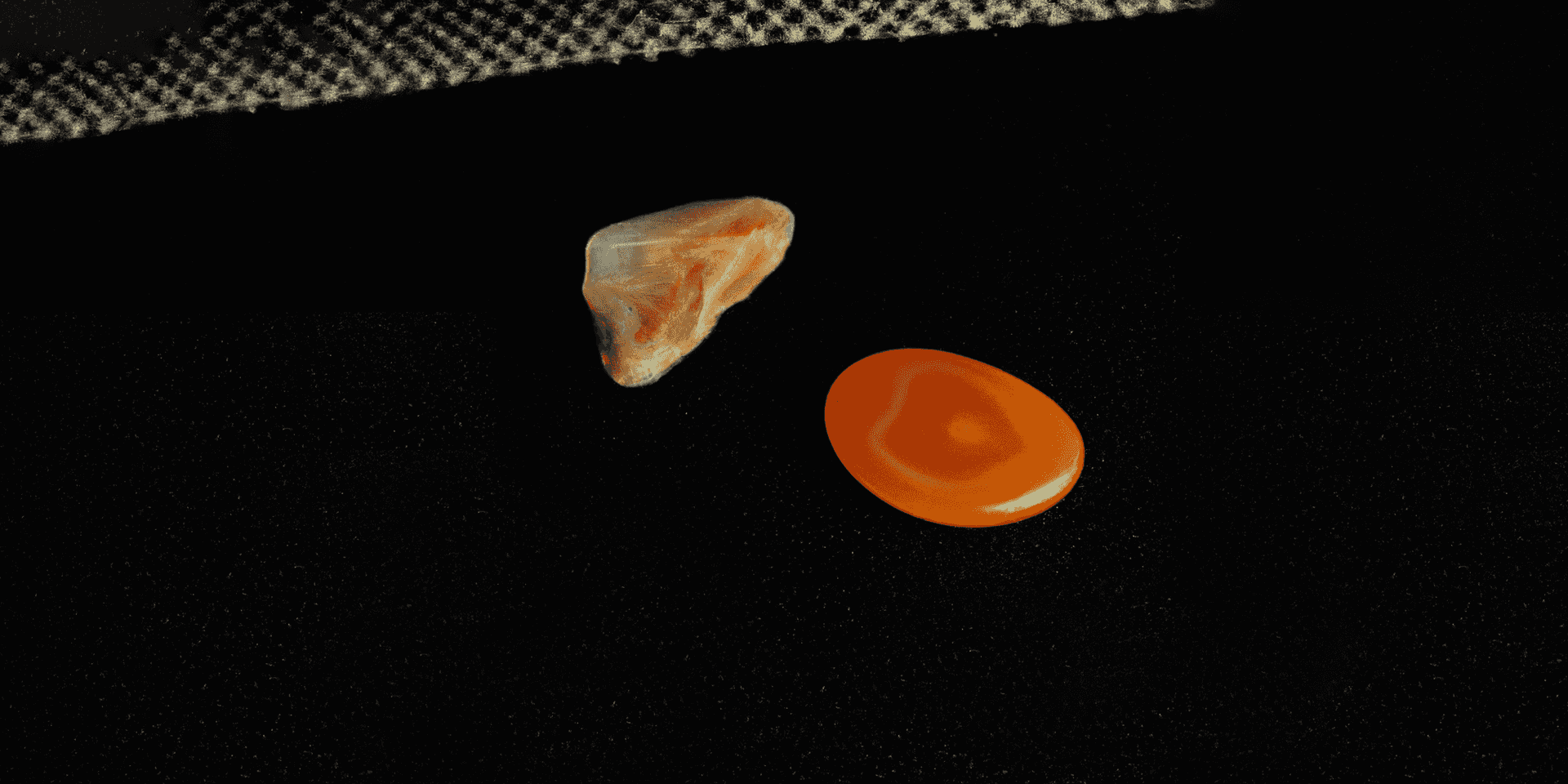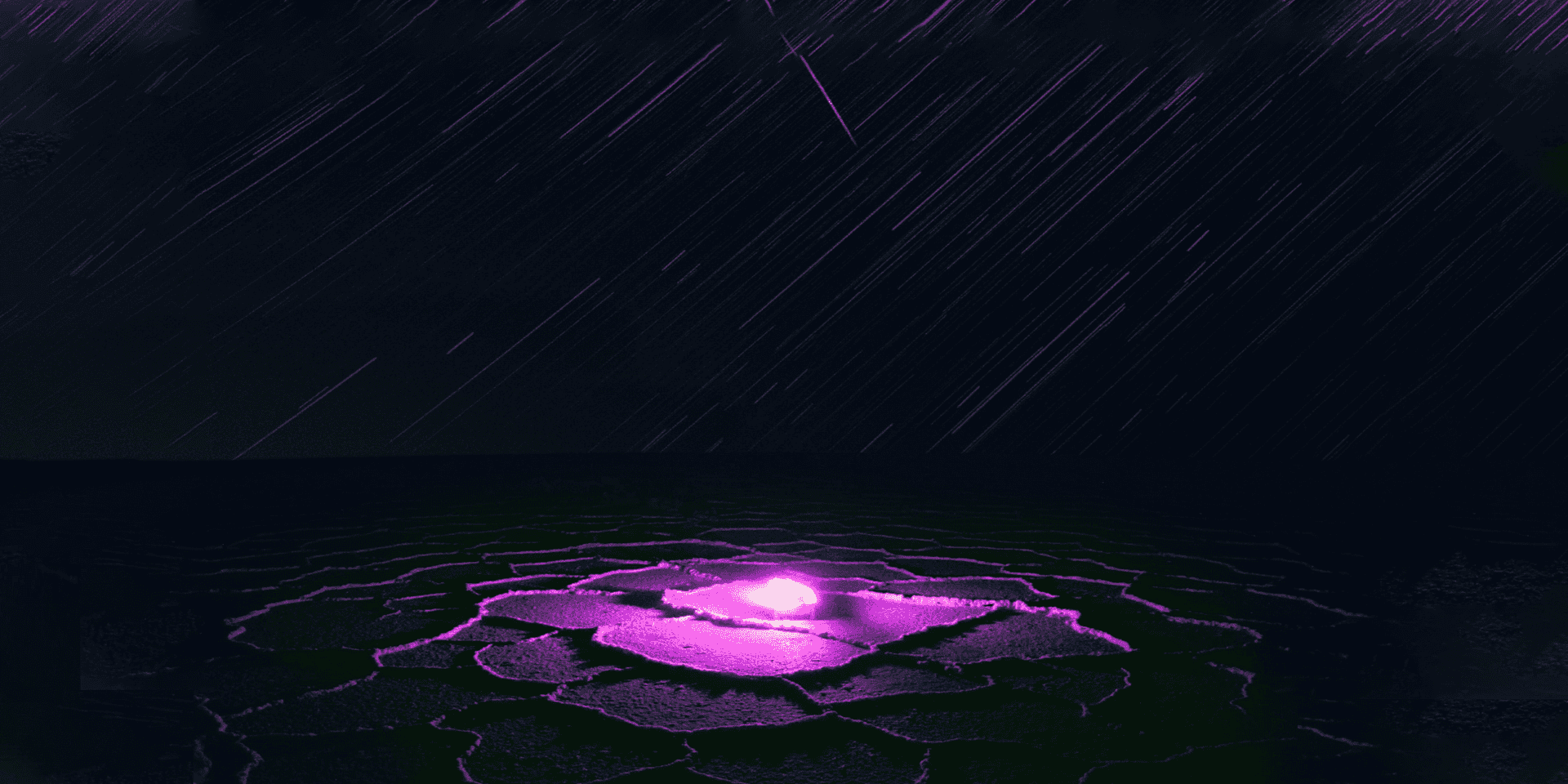Is Larvikite The Same As Black Labradorite
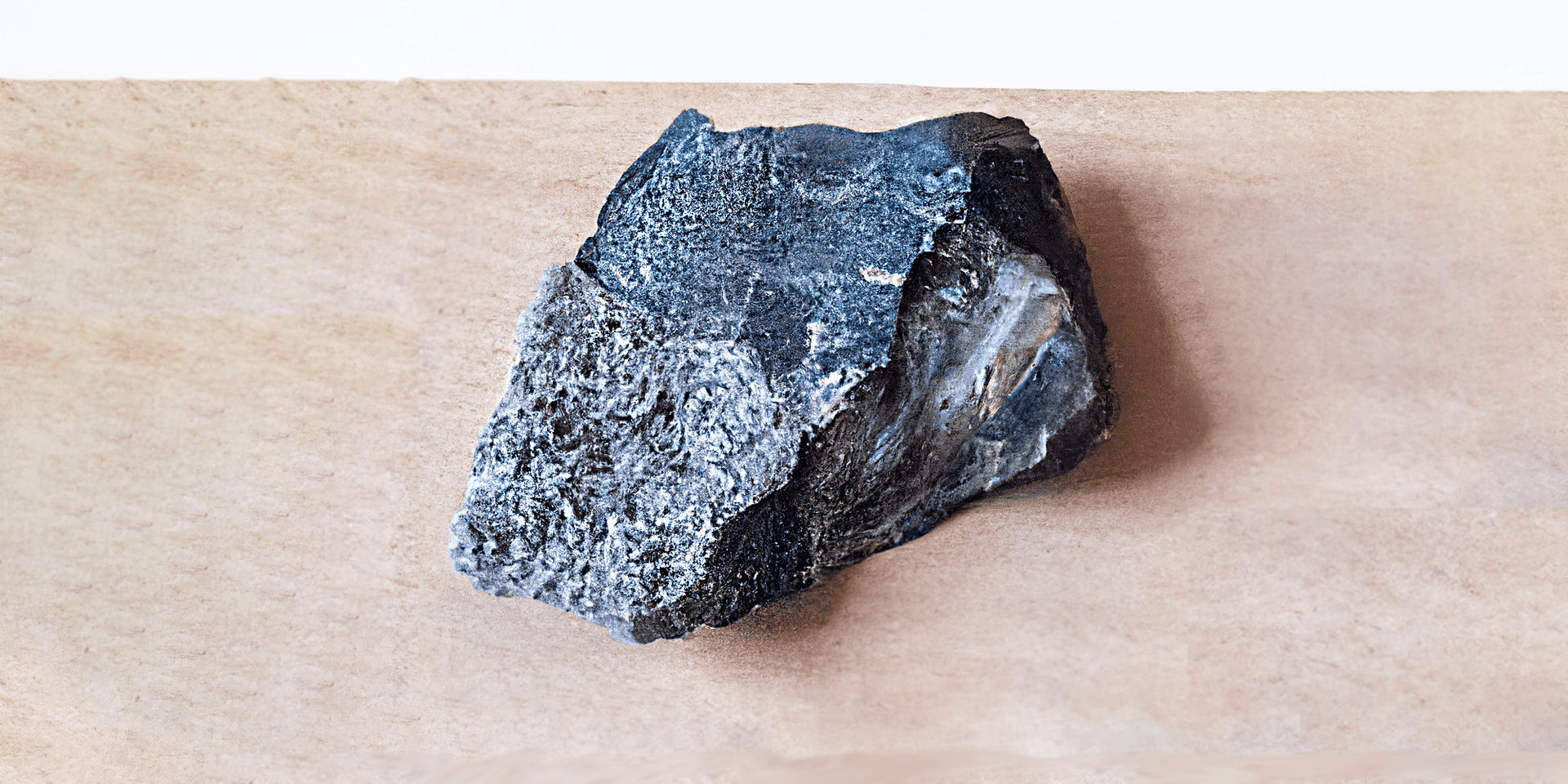
Don't let the name "Black Labradorite" fool ya, Larvikite is not the same as Labrodorite. They are both very beautiful stones but they come from different places and have different properties.
What is Larvikite?
Painting of Larvikite
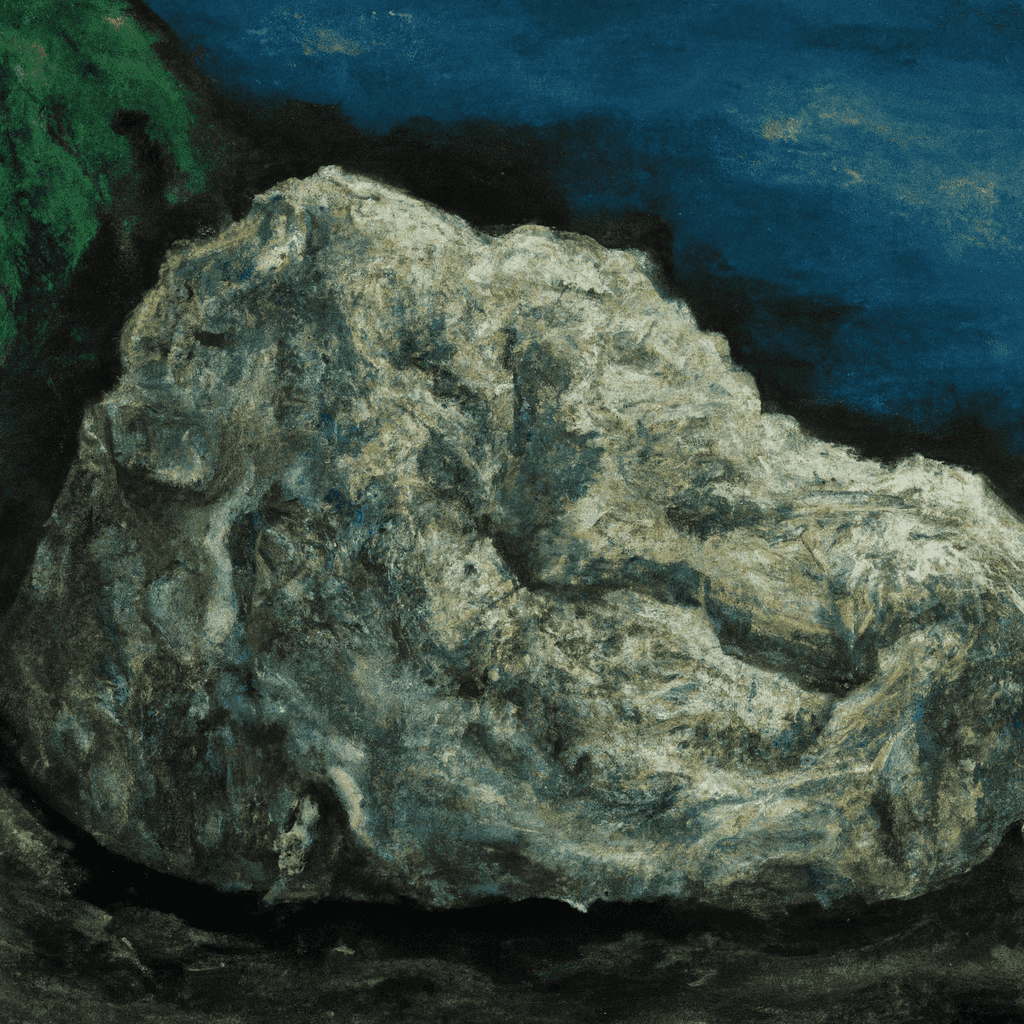
Larvikite is a black igneous rock composed of feldspar that has crystallized into large masses. Within the feldspar itself, there are small silver-blueish shimmering crystals that give Larvikite it’s famous shine.
This eye catching “shimmer” is known to as the “Schiller Effect” and is believed to have been caused by feldspar that is rich in potassium, sodium, and calcium.
Like most igneous rock, it's most likely to have formed over 298 million years ago, at an estimated depth of 18 miles below Earth’s surface.
The name of this mineral comes from the local town of its original discovery; Larvik, Norway. Since it was first discovered in Larvik, it has since been found and mined throughout the world. The most common source being Thunder Bay, Ontario.
What is Labradorite?
Picture of Labradorite
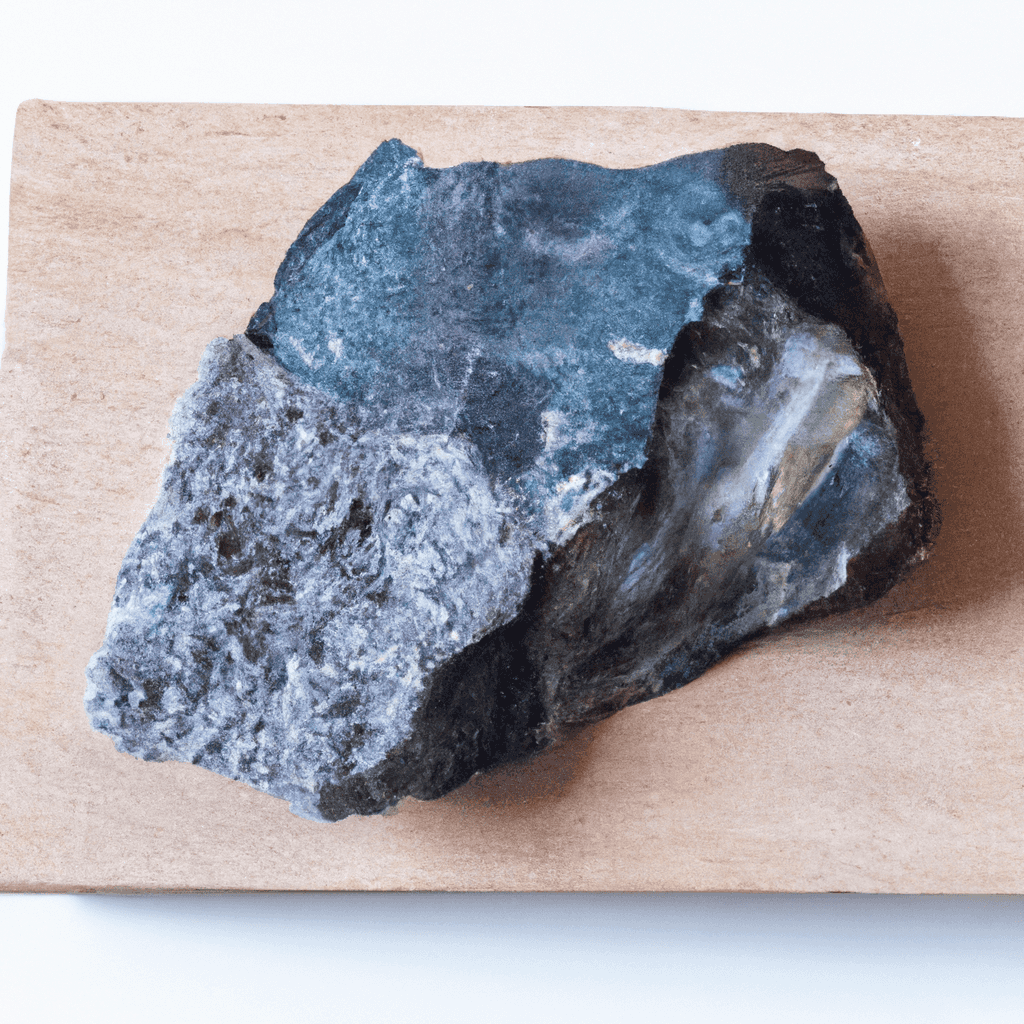
Labradorite is named for where it is found in Labrador, a province on the island of Isle of Paul.
Inuit people once referred to Labradorites as fire stones and would rub powdered forms onto their skin to treat various maladies.
The Inuit story behind this rock goes a little like this, "A brave hunter witnessed the northern lights being imprisoned within the rock and struck it with his spear to release some of the light."
The name Labrador came about after the Moravians introduced the mineral to Europe.
Labradorites are mined throughout North America but they are not exclusive to Canada, and can be found in Mexico, Siberia, Russia and Finland.
Labradorites are typically sold in small quantities, so they are often incorporated into larger collections.
Their popularity stems from their ability to produce beautiful colors and sparkle, but they are actually pretty durable too.
What Makes Larvikite And Labradorite Alike?
Picture of Labradorite and Larvikite
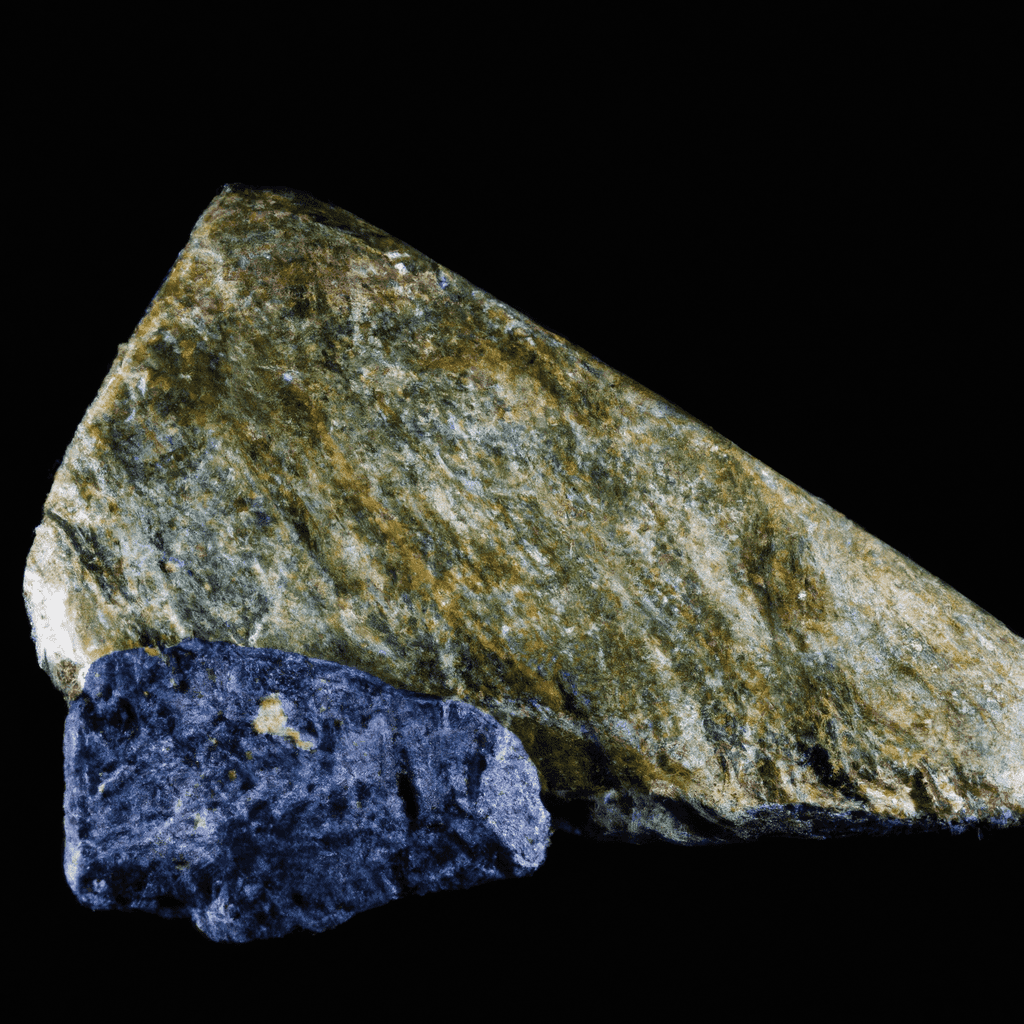
The two stones can appear almost identical when they're polished.
Both larvikite (also called Labradorite) and labradorite are well-known for their flashy and opal-like sheen.
The flashes of colors are known as the Schiller Effect or Labradorescence.
Feldspars are closely related but not identical.
Plagioclase Feldspars are minerals composed primarily of silica (SiO2) and potassium feldspar
Larvikite, however, is a ternay feldspar.
Larvigite is a mineral composed of three different minerals - orthoclaste, albite, and anatrite.
They're both forms of igneous rocks and they have similar hardness ratings on Mohs' scale.
What Makes Larvikite and Labradorite Different?
Picture of Labradorite and Larvikite 2
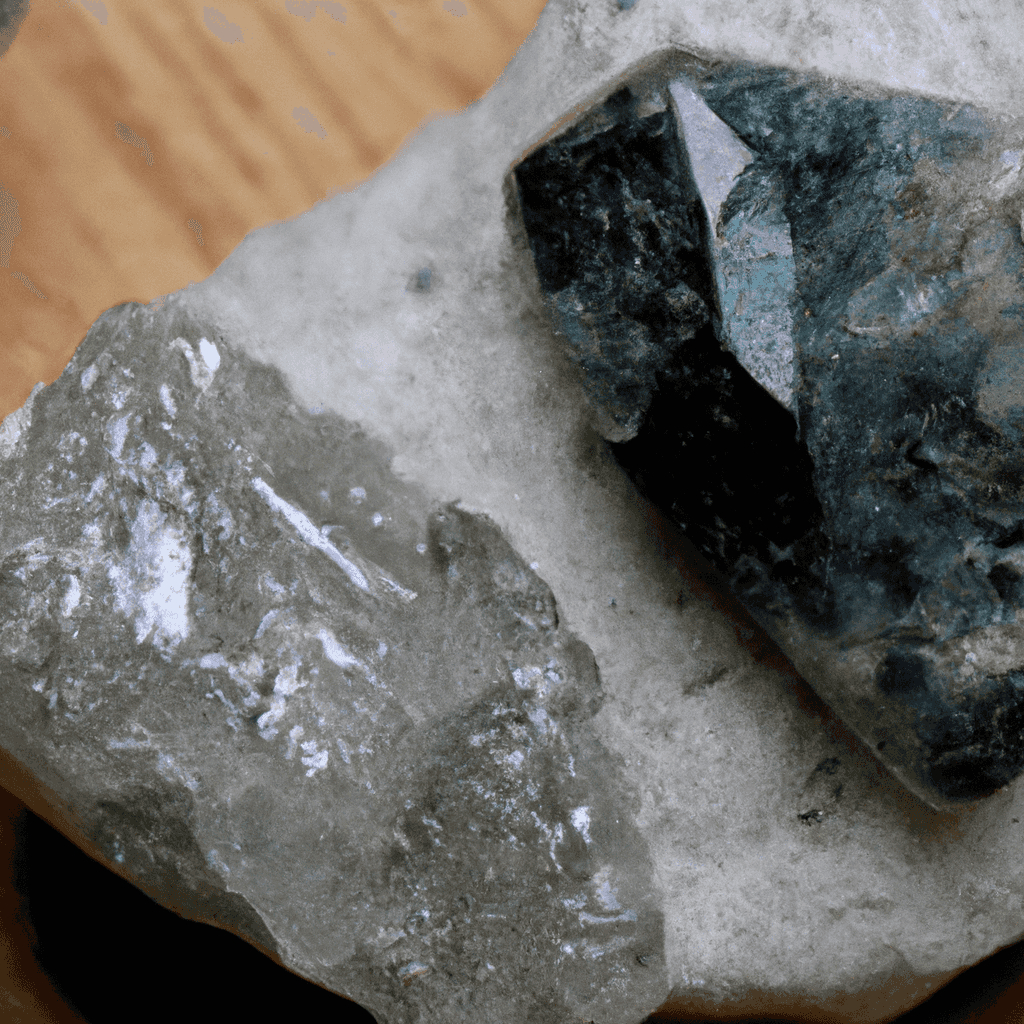
Both rocks are igneous in origin, but they're not the same type of igneous rock.
They both originate from molten rock, but they're different in their chemical makeup.
Monzonite is a kind of larvikite.
Larvikite is composed primarily of monzonite, an igneous rock that contains large amounts of alkali and plagioclase minerals. These minerals give the stone its distinctive coloring.
Labradorites are typically called “mafic rocks.”
Mafic is a combination of magnesium and ferric.
Magnesium is an important mineral for bone health. Calcium helps keep bones strong. Iron keeps blood healthy.
Labradorite's dark color comes from its rich mafic minerals, which give it an almost black appearance.
The two differ significantly in appearance.
Larvikite is not colored by labradorite.
One will always be better than the other.
Why Do People Confuse Larvikite With Labradorite?
Picture of Labradorite and Larvikite 3
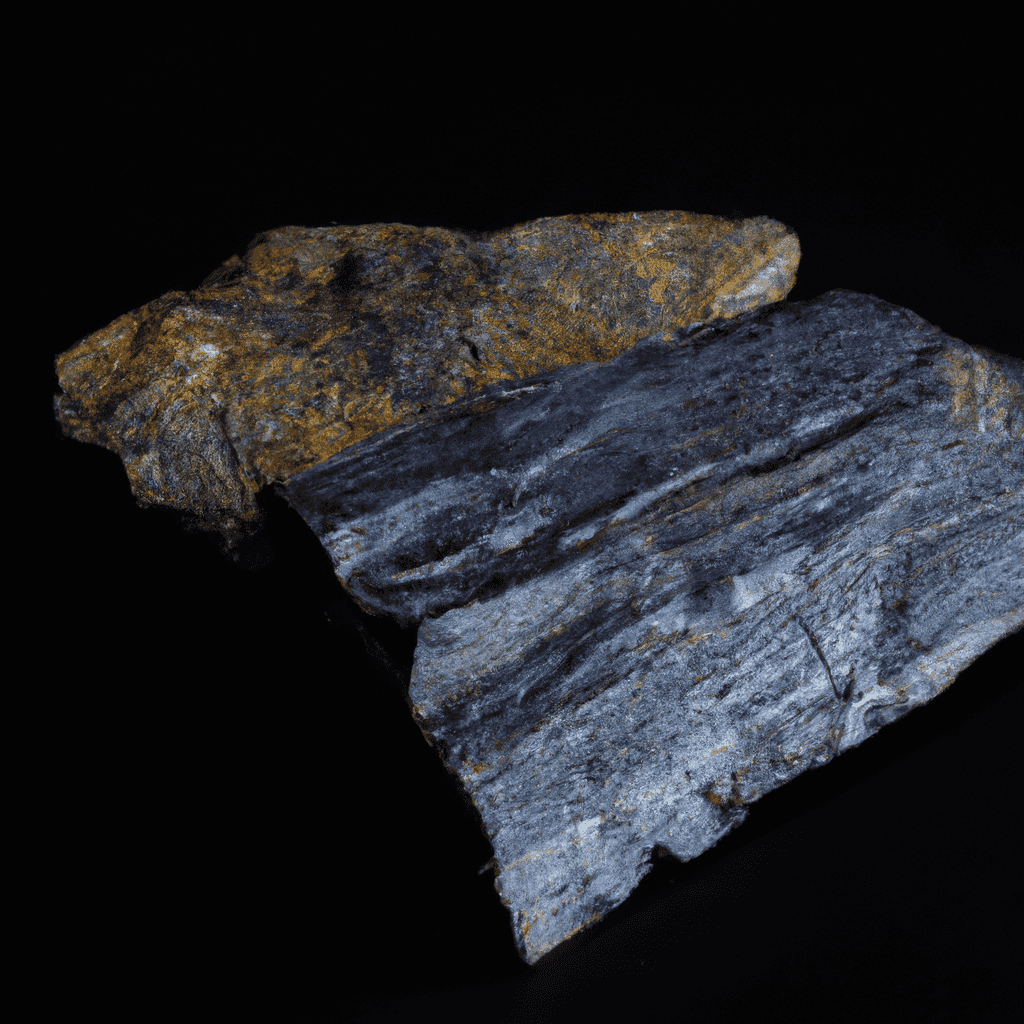
It seems reasonable enough for someone to be confused between these two rocks.
Both of these flowers are beautiful.
They both also belong the feldspathoid group.
The feldspathic sparkles, which look similar to both Labradorites and Larvicks, can be mistaken for them.
It might also be that the descriptions, "labradorite" and "labradoscente," used by both rocks to describe their glittery color may also lead some to confuse them.
Over the course of history, people tend to come up with their own words for different types of rocks.
Larvikite is no exception.
Labradorite has been referred to by various names including “black labradorite” and “white labradorite.” However, most people just call it simply “labradorite”.
It won't be a surprise when we see how these misleading categories have misled us.
FAQ TIME
What Type Of Rock Is Larvikite?
Larvikite is an igneous (magmatic) type of rock, which is found at depths around thirty kilometers. Far below the Earth’s crust, the lava cools and hardens into large crystal formations.
This occurs during the Early Permian period, about 298-293 millions of year ago, in association with a continental rift.
Afterwards, the solidified material is transported to the earth’s crust by various geological processes.
Is Larvikite Moonstone? Are They The Same?
Larvikite is also called Black Moonstone, but they aren't actually moonstones. They're supposed to be protective stones that help you stay healthy. If you're not feeling well, they can purify all negative energy out of your system.
What Is Larvikite Used For?
Similar to other dark stones, Larvikite is often used to remove unwanted energy and negativity from the body.
It can also bring clarity and focus to the mind and spirit.
This gem helps you understand yourself better by clearing out the clutter and bringing forth what is truly important in your life.
It will also improve your ability to concentrate and think clearly by enhancing your memory and aiding in problem solving.
What Is Another Name For Labradorite?
There are some gemstone varieties of labradorite that show an exceptionally high degree of labradorescence (shine)and those are called spectrolite.

